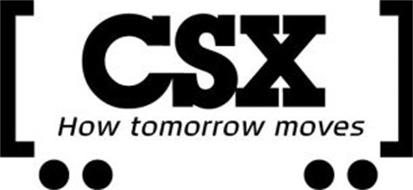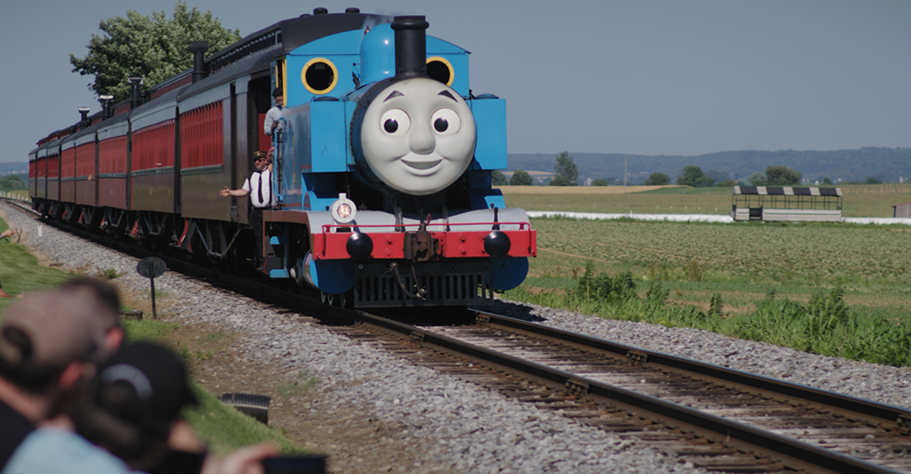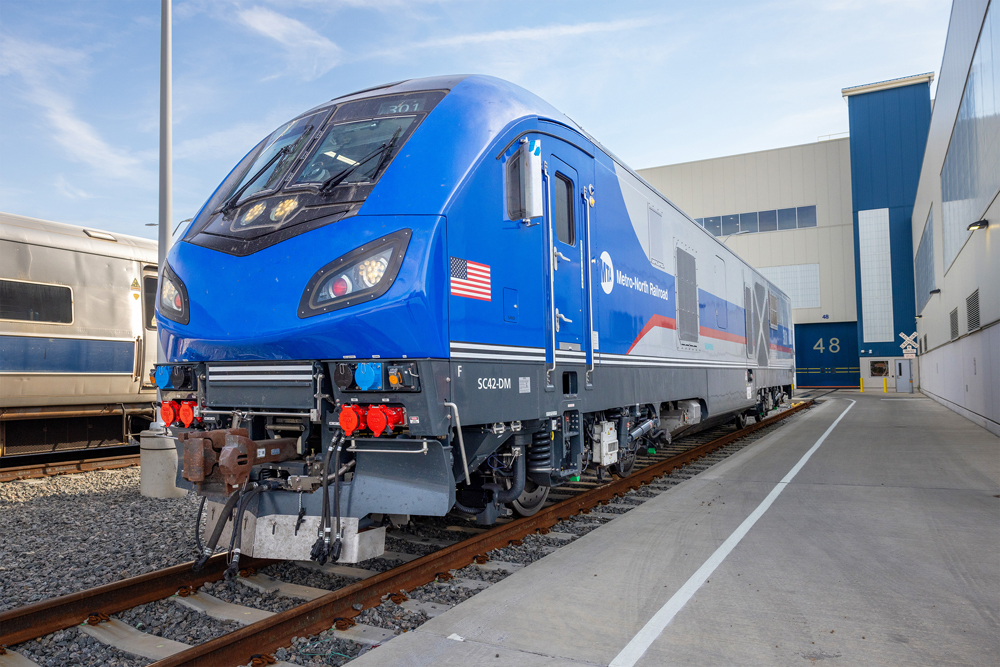For the third quarter, CSX’s revenue ton-miles were up 7 percent and overall volume grew 4 percent compared to the same period last year.
Yet CSX was able to handle the traffic increase with an active locomotive fleet that was 12 percent smaller, Chief Financial Officer Frank Lonegro said on the railroad’s earnings call on Tuesday.
CSX stored or retired more than 300 locomotives between the end of June and Sept. 30, Lonegro says.
“We now have over 800 locomotives in storage, in addition to the hundreds of engines we’ve sold, scrapped, or returned since the beginning of last year,” Lonegro says.
Two things enabled CSX to move more tonnage with a smaller active locomotive fleet.
First, CSX is running longer trains, which means fewer train starts and therefore fewer locomotives as tonnage is more closely matched to available horsepower.
Second, average train speed increased 28 percent compared to the third quarter of last year, when CSX suffered through a summer of congestion due to the rapid rollout of operational changes under then-CEO E. Hunter Harrison.
CSX needs 30 fewer locomotives for every 1-mph gain in average train velocity, CEO Jim Foote says. Average velocity was 17.9 mph for the third quarter this year, versus 14 mph a year ago.
“We’ll continue to take out locomotives, we’ll continue to take out railcars, we’ll continue to free up capacity across the railroad and in the terminals because we will drive more and more efficiency and fluidity in the network,” Foote says.
The smaller locomotive fleet is newer and more reliable, which helped reduce, by a third, the number of units that were out-of-service during the quarter.
And as a result of improved reliability and the smaller fleet, CSX was able to reduce its shop maintenance work force by 11 percent, Lonegro says.
CSX had an active fleet of around 2,821 units at the end of the third quarter this year, down from 3,381 locomotives at the end of 2017 and 3,206 at the end of the third quarter a year ago.
The railroad had an average of 3,763 locomotives in service in the first quarter of 2017 before Harrison became CEO.
CSX aims to reduce the fleet to around 2,400 units by the end of 2020, executives said during the railroad’s investor day in March.














(Numbers are for illustrative purposes, and do not necessarily reflect actual tonnage/HP ratios)
If one locomotive can pull 50 cars, two locomotive can pull 100 cars, etc., how does making trains of 200+ cars, with the required four+ locomotives, help save locomotive usage? X amount of freight will require X amount of horsepower, regardless of whether it is in a train of 50 cars or 500 cars. I just do not see the logic in CSX’s statement of using fewer locomotives because of PSR. Less train crews, perhaps; but not locomotives.
Since “CSX needs 30 fewer locomotives for every 1-mph gain in average train velocity” and given CSX has approximately 3,000 active locomotives, if average train speed could be further improved by 100 mph, CSX wouldn’t need any of those pesky locomotives at all! 😉
They talk about 7% improvement over last year, but what is the comparison with Pre-EHH traffic? Flat or Lower? Yes, you need fewer locomotive to move fewer cars, duh. What are they going to do for shops when these locomotives get older? Will they re-open a shop to rebuild those stored locomotives? The “benefits” of PSR leave so many questions.
They’ve been using mid train DPU’s on coal trains passing through Georgia for at least the past 12 months now.
Dpu units in nj never thought I would heard of it but it’s true I’ve seen ones middle of the train and one on the rear.
Word is CSX is now using DPU on tails of trains in the east.
They mention how many maintenance staff were let go, but no word on how many locomotive engineers were furloughed.
Just saw two mid-train DPUs on a mixed manifest train this evening here in Ellicott City on the Old Main Line. I know distributed power is nothing new to people out west, but it’s exciting to see it here on the same line where railroading was born nearly 200 years ago.
Seems like somebody at Trains loves CSX.